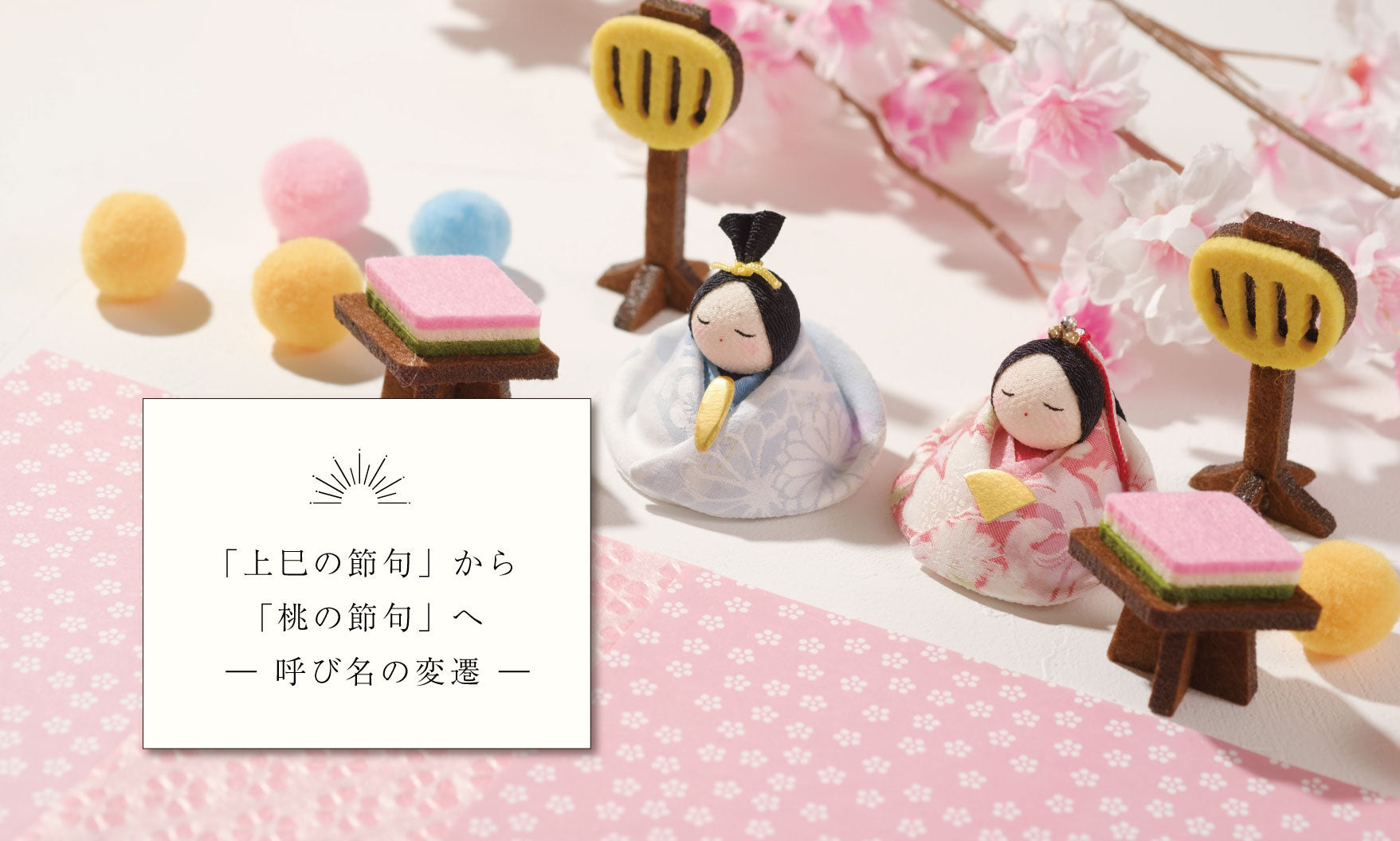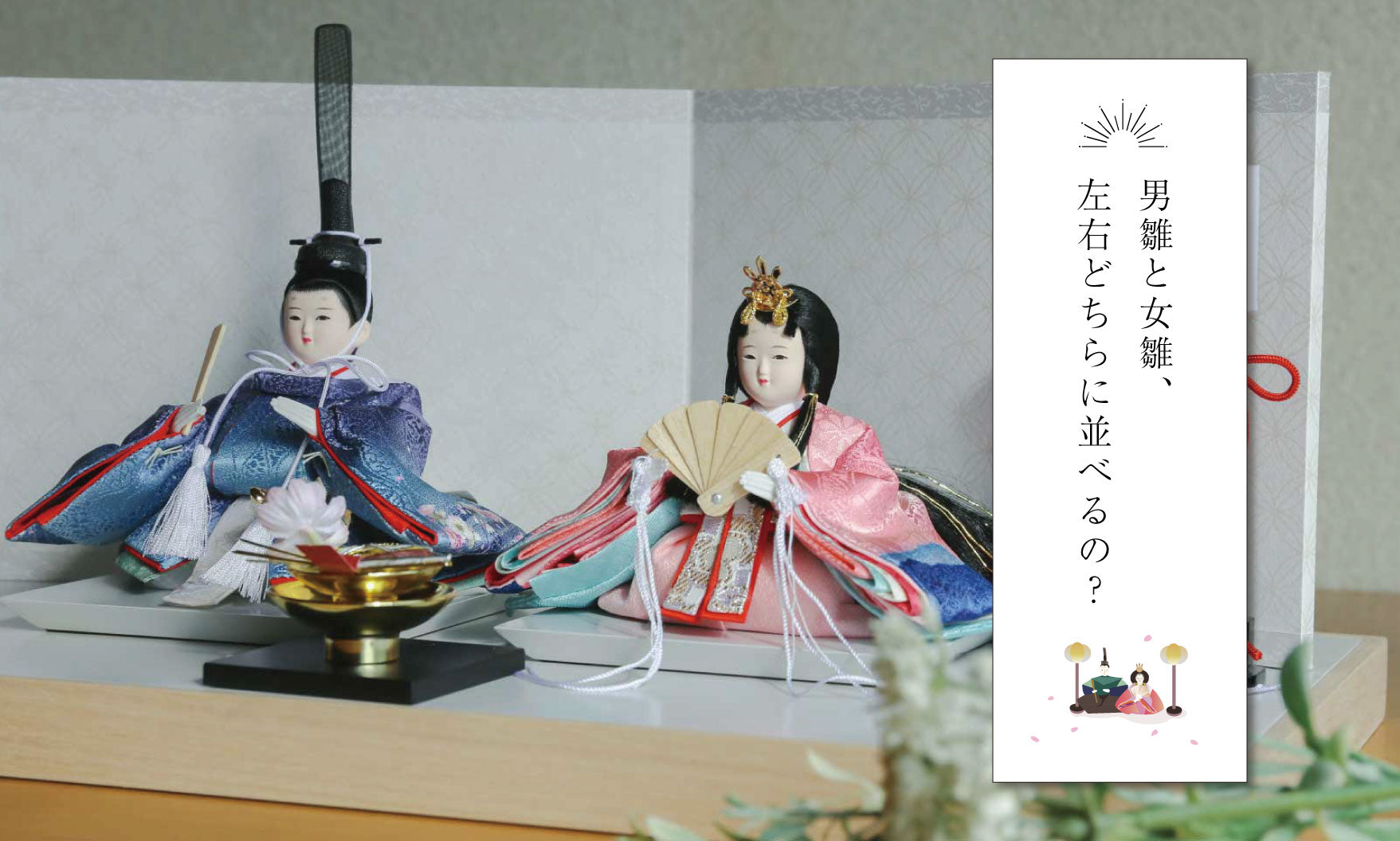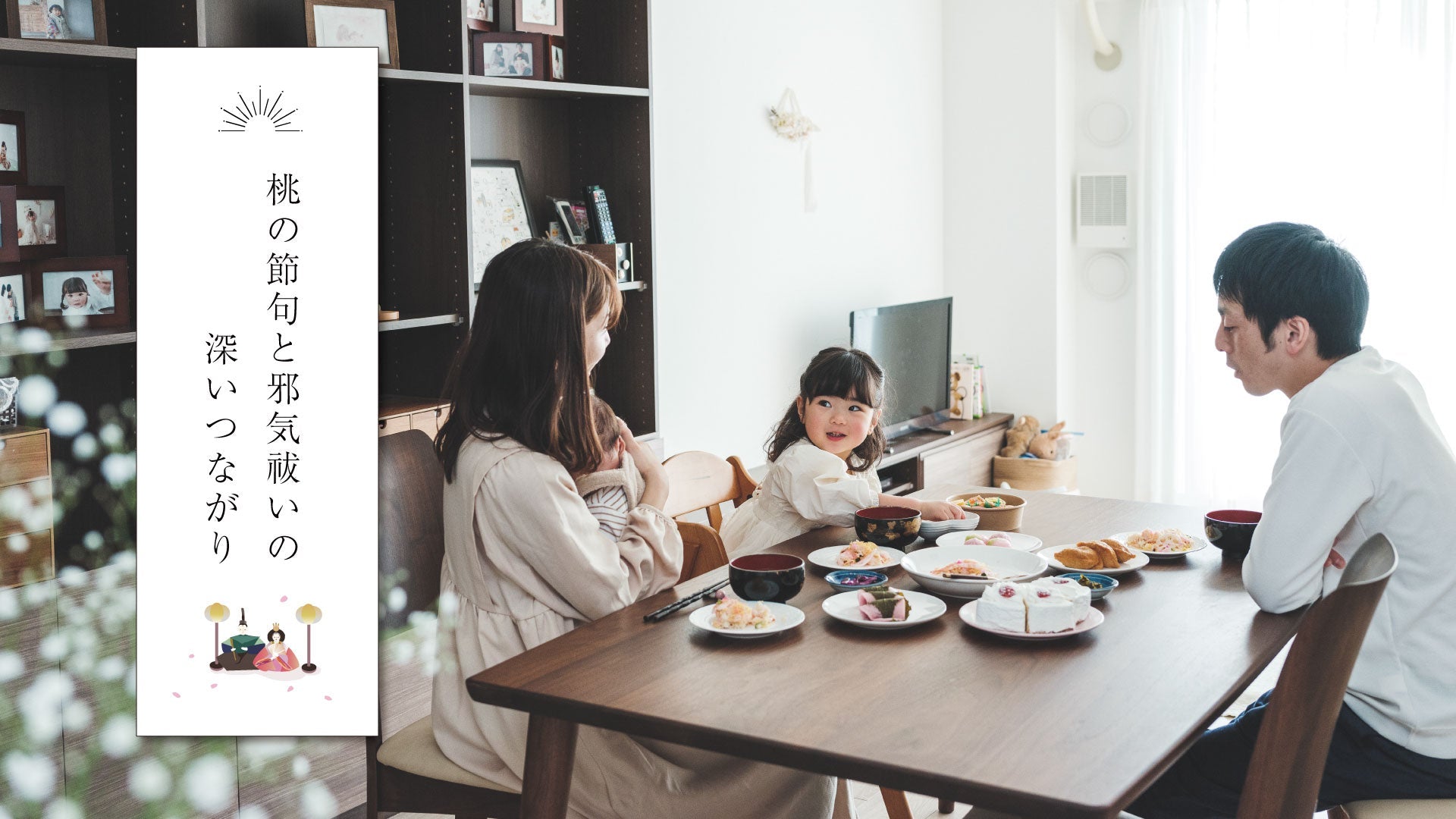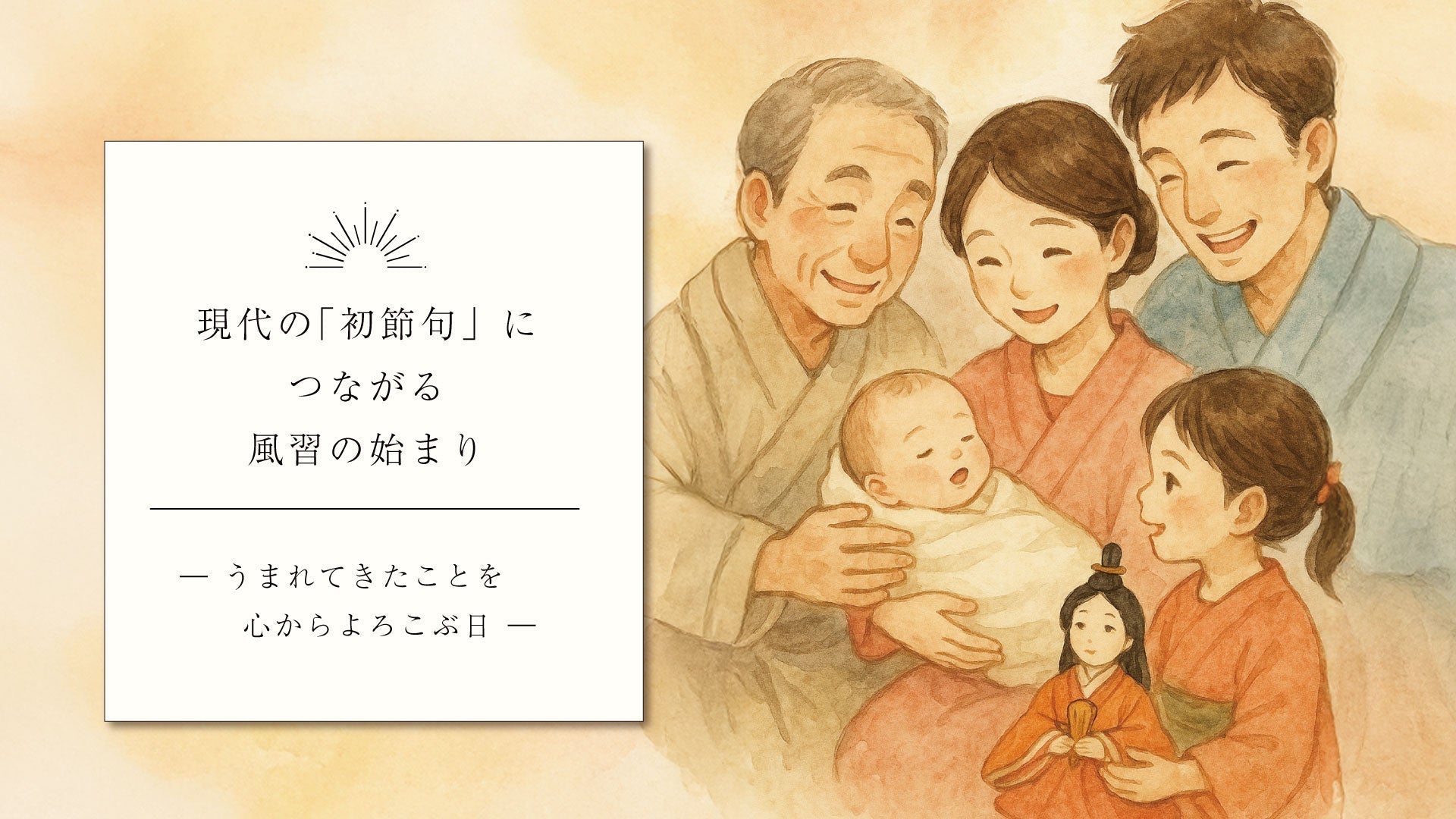
What is the Doll Festival?
Among all the seasonal festivals, the Peach Festival is a day of celebration especially for girls.
The Jōshi Festival is also known as the Peach Festival, as it is celebrated around the time when peach blossoms begin to bloom.
On Hinamatsuri, families with girls decorate their homes with dolls and pray for their healthy growth and happiness.


Origin and History of the Girls' Festival
"Sekku" (seasonal festivals), which signify the turning point of the seasons, have long been said to be times when evil spirits are likely to enter the body, and culture has been passed down through the years and wisdom of various generations. The ancient Japanese customs of "misogiharai" (purification rituals) and of casting off evil spirits by releasing "dolls" were combined with the Chinese customs of warding off misfortune, such as "purifying oneself in a river and holding a banquet at the Imperial Palace on the Jōshi Festival."
During the Heian period, a festival began to be held every year in which a priest would be called in to offer prayers, the dolls would be stroked to ward off bad luck, and offerings would be made before the dolls were released into the water. This became known in Japan as "Nagashibina" and became the root of Hina doll decorations.
During the Heian period, upper class women were fond of playing house with paper dolls and toys made to resemble household items, a game called "Hina-asobi." Scenes of this game appear in essays and stories from that time. Around the Muromachi period, the upper class began to decorate dolls and hold festivals on March 3rd.
During the Edo period, the Doll's Festival was adopted as an imperial court event, and was also adopted by the shogunate's inner palace.
Around this time, the Doll's Festival began to spread among the common people, and the custom of celebrating a girl's first Doll's Festival by displaying dolls was born, and the current form of celebrating Girls' Festival by displaying Hina dolls was established.
In the early Edo period, there was only one pair of dolls for the Emperor and Empress, but in the mid-Edo period, tiered display dolls appeared, and the number of Hina dolls and accessories, including the Three Court Ladies, increased.


Hina dolls and charms
It is passed down as a "once in a lifetime amulet" from birth until the child becomes independent, with the hope that the child will be protected from misfortune and will be blessed with happiness in life, and it is meant to take on misfortune and epidemics on the child's behalf.
Even today, Hina dolls are celebrated on Hinamatsuri as charms that bring happiness, embodying the warm feelings of families as they rejoice at the safe birth of their children and give thanks for their healthy growth. 





